Management Strategies for Coastal Erosion Processes; By Nelson Rangel-Buitrago
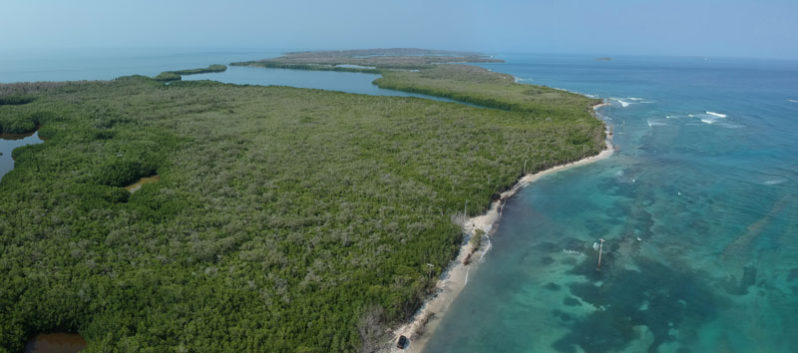
The Special Issue Management Strategies for Coastal Erosion Processes (MSforCEP) presents an international collection of papers related to the implementation of various management strategies for coastal erosion under specific objectives.
Sand volcanos on a flat and sandy beach in the Netherlands; By Bert Buizer, PhD
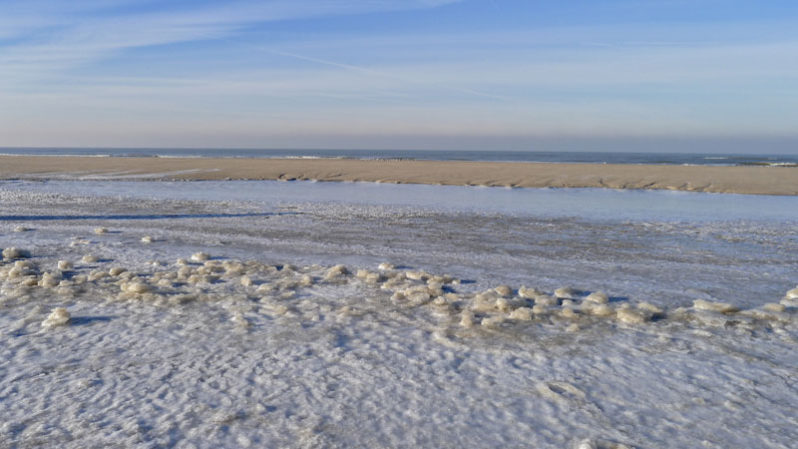
In 2013, some interesting water escape structures were observed near the coastal resort of Bergen aan Zee, in the Netherlands.
Te Pito O Te Henua shore (Rapa Nui or Easter Island): a remote and mysterious place with rare beaches; By Nelson Rangel-Buitrago, William J. Neal & Adriana Gracia

One of the most remote and youngest inhabited volcanic islands in the world is Te Pito o Te Henua Island, or as more commonly known: Easter Island (Rapa Nui or Isla de Pascua). World famous for its mysterious monumental statues (moai) erected by the early Rapa Nui people, the island is located in the southeastern Pacific Ocean nearly 3,650 km west of Chile.
Newfoundland’s Sandy Beaches: A Glacial Legacy; By William J. Neal & Joseph T. Kelley
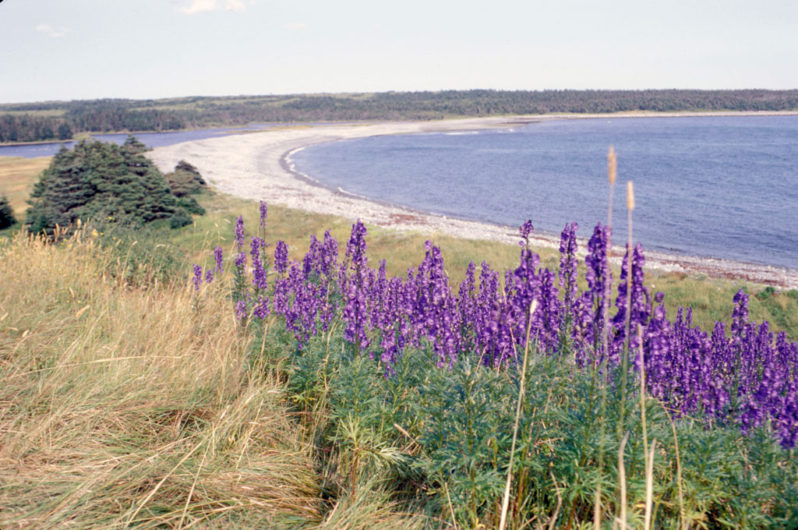
“Newfoundland” as a coastal place does not conjure up images of sandy beaches, but rather scenes of wave-cut rocky cliffs, bird rookeries on small rock islands, sea stacks, and boulder and cobble beaches if wave deposits are present. But scattered among the latter are genuine sand beaches.
Torrevieja, Spain; By Norma J. Longo

Torrevieja, a former fishing village on the southeast coast of Spain (Costa Blanca) in Alicante province, is now a thriving tourist city with a 2016 population of around 85,000, down from a high of over 105,000 in 2013.
The rugged coast and black sand beaches of the Azores; By Gary Griggs
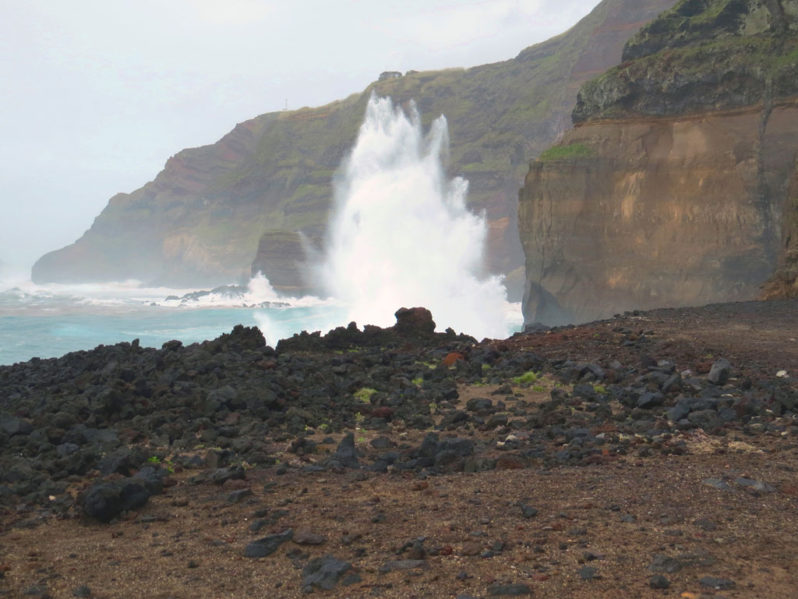
A soft, white sandy beach on a lush green island is probably the vision many people have of their perfect coastal vacation. Eight hundred and fifty miles west of Portugal and 2400 miles east of Boston lies the lush island of São Miguel in the Azores. It is one of nine islands making up an archipelago spread across 300 miles of the North Atlantic Ocean.
Colombia’s Tayrona National Natural Park: A Caribbean Coast Gem; By Nelson Rangel-Buitrago & William J. Neal
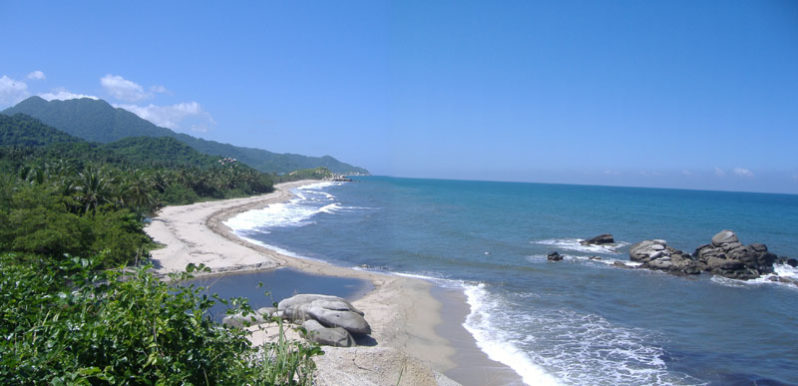
Colombia’s Caribbean coast has a rich geological, biological and cultural diversity that is reflected in the complex coastal zone extending from the border of Panama to that of Venezuela. One of the most spectacular regions in both this diversity and scenery is the Tayrona National Natural Park (TNNP).
The end of the world’s most famous beaches; By Orrin H. Pilkey and J. Andrew G. Cooper
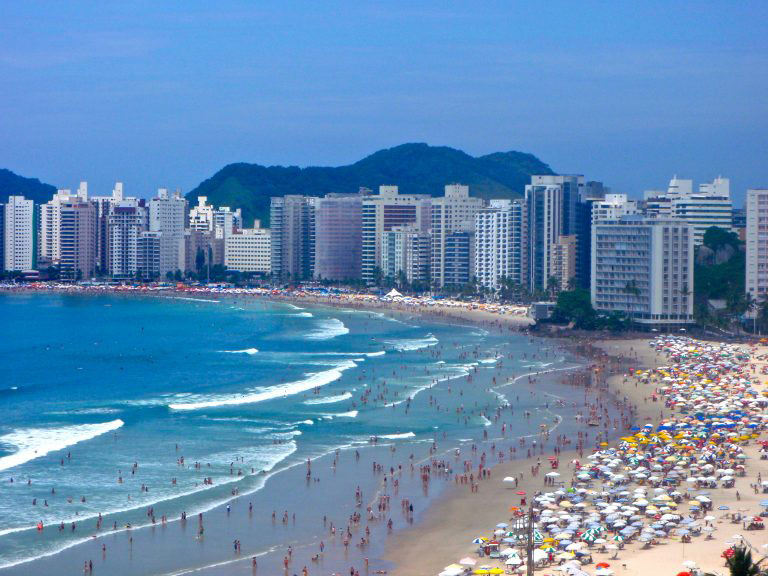
All over the world there are beaches lined with condos, hotels, restaurants and the like, in high-rise buildings (i.e., skyscrapers). Such beaches are generally the nation’s premier tourist areas, important to the local people and the local economy and prime spots for national and international vacationers. The powers that be in most of these places continue high-rise construction and seem oblivious of the sea level rise.
The natural bridges of Santa Cruz County; By Gary Griggs
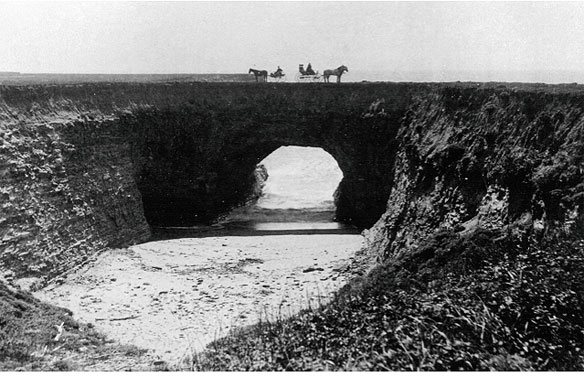
While most coastlines often appear to be stable and permanent over the short time span of our visits, and some are, there are many others where the materials making up the coastal bluffs or cliffs are no match for the forces the sea exerts…Over time, the ocean always wins. In baseball terms, Mother Nature always bats last.
